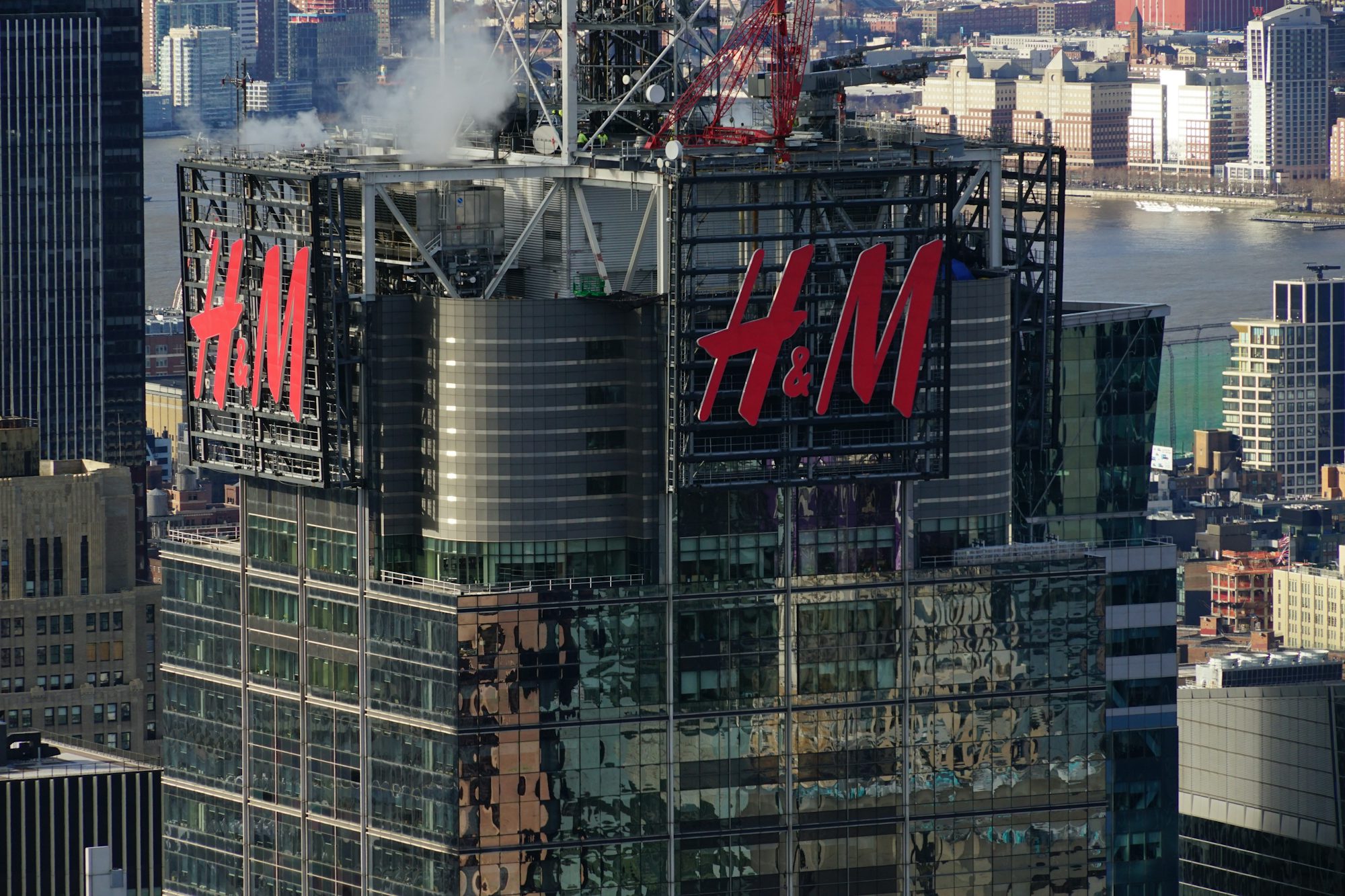The retail industry is undergoing a significant transformation, driven by evolving consumer expectations, technological advancements, and a growing emphasis on sustainability. As we navigate this new landscape, it’s essential to understand the trends that are shaping the shopping experience today and into the future. From the rise of e-commerce to the integration of technology in physical stores, these trends not only influence how consumers shop but also how retailers operate and connect with their customers.
E-commerce has become a dominant force in retail, fundamentally changing how consumers approach shopping. The convenience of online shopping, combined with the ability to compare prices and products from the comfort of home, has made it the preferred choice for many. Retailers have responded by investing heavily in their online platforms, optimizing user experience, and ensuring seamless transactions. The COVID-19 pandemic accelerated this trend, pushing many consumers to embrace online shopping for the first time, and many have continued to do so even as physical stores have reopened.
However, the rise of e-commerce does not signal the demise of brick-and-mortar stores. Instead, physical retail is evolving to complement online experiences. Stores are being redesigned to create engaging and immersive environments that encourage customers to visit in person. Retailers are incorporating technology such as augmented reality and interactive displays, allowing consumers to interact with products in innovative ways. This shift emphasizes the importance of creating memorable experiences that cannot be replicated online, ensuring that physical stores remain relevant in an increasingly digital world.
One significant trend in retail is the growing emphasis on sustainability. Consumers today are more conscious of their environmental impact and are increasingly seeking out brands that share their values. Retailers are responding by adopting sustainable practices, from sourcing eco-friendly materials to implementing recycling programs and reducing waste. Transparency is key; consumers want to know where their products come from and how they are made. Brands that prioritize sustainability not only appeal to environmentally conscious shoppers but also build trust and loyalty with their customer base.
In addition to sustainability, personalization has emerged as a crucial factor in the retail experience. Today’s consumers expect brands to understand their preferences and deliver tailored experiences. Retailers are leveraging data analytics and artificial intelligence to track customer behavior and provide personalized recommendations. This level of customization enhances the shopping experience, making customers feel valued and understood. Whether through personalized emails, targeted promotions, or customized product suggestions, retailers that embrace personalization can foster deeper connections with their customers.
Another trend reshaping the retail landscape is the rise of social commerce. Social media platforms have evolved into powerful retail channels, allowing brands to connect with consumers in new and engaging ways. From Instagram shopping to TikTok challenges, retailers are leveraging social media to showcase products and reach wider audiences. This trend not only drives traffic to online stores but also encourages spontaneous purchases as consumers discover new products through their social feeds. The integration of social media and retail is a natural evolution that reflects how consumers engage with brands in today’s digital age.
Omni-channel retailing is another critical aspect of the modern shopping experience. Consumers expect a seamless integration of online and offline experiences, and retailers must deliver on this expectation. This means providing consistent messaging, pricing, and service across all channels. For instance, a customer may browse a product online, check its availability in a nearby store, and ultimately decide to purchase it in person. Retailers that can successfully integrate these channels will not only enhance customer satisfaction but also drive sales and loyalty.
Moreover, the rise of mobile shopping cannot be ignored. As smartphones become the primary device for accessing the internet, retailers are prioritizing mobile-friendly experiences. This includes optimizing websites for mobile use, offering mobile payment options, and creating apps that provide added value to consumers. Retailers are also using geolocation technology to send targeted promotions to customers when they are near a store, bridging the gap between online and offline shopping. This mobile-first approach reflects the growing importance of convenience and accessibility in today’s retail environment.
As we look ahead, it’s clear that the retail landscape will continue to evolve. The integration of technology, sustainability, personalization, and social engagement will shape the future of shopping. Retailers that adapt to these changes and prioritize the needs and preferences of their consumers will be well-positioned to thrive in this dynamic environment. The ability to create engaging, personalized, and sustainable shopping experiences will be the ultimate differentiator in an increasingly competitive market.
In conclusion, the future of retail is being shaped by a convergence of trends that emphasize convenience, sustainability, and consumer engagement. As retailers navigate this landscape, they must be proactive in understanding and responding to the evolving needs of their customers. By embracing technology, fostering sustainability, and prioritizing personalized experiences, retailers can not only enhance the shopping experience but also build lasting relationships with their customers. As we move forward, the ability to adapt and innovate will be key to success in the ever-changing world of retail.





